Related Research Articles

The World Wide Web (WWW), commonly known as the Web, is an information system that enables content sharing over the Internet through user-friendly ways meant to appeal to users beyond IT specialists and hobbyists. It allows documents and other web resources to be accessed over the Internet according to specific rules of the Hypertext Transfer Protocol (HTTP).
A web portal is a specially designed website that brings information from diverse sources, like emails, online forums and search engines, together in a uniform way. Usually, each information source gets its dedicated area on the page for displaying information ; often, the user can configure which ones to display. Variants of portals include mashups and intranet dashboards for executives and managers. The extent to which content is displayed in a "uniform way" may depend on the intended user and the intended purpose, as well as the diversity of the content. Very often design emphasis is on a certain "metaphor" for configuring and customizing the presentation of the content and the chosen implementation framework or code libraries. In addition, the role of the user in an organization may determine which content can be added to the portal or deleted from the portal configuration.

GNU Wget is a computer program that retrieves content from web servers. It is part of the GNU Project. Its name derives from "World Wide Web" and "get". It supports downloading via HTTP, HTTPS, and FTP.

Telematics is an interdisciplinary field encompassing telecommunications, vehicular technologies, electrical engineering, and computer science. Telematics can involve any of the following:
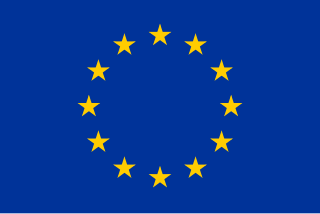
European Union culture policies aim to address and promote the cultural dimension of European integration through relevant legislation and government funding. These policies support the development of cultural activity, education or research conducted by private companies, NGO's and individual initiatives based in the EU working in the fields of cinema and audiovisual, publishing, music and crafts.
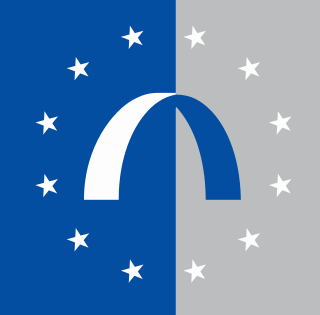
The Framework Programmes for Research and Technological Development, also called Framework Programmes or abbreviated FP1 to FP9, are funding programmes created by the European Union/European Commission to support and foster research in the European Research Area (ERA). Starting in 2014, the funding programmes were named Horizon.
The European Institute of Innovation and Technology (EIT) is an independent body of the European Union with juridical personality, established in 2008 intended to strengthen Europe's ability to innovate. The EIT’s three “core pillars” of activities are: entrepreneurial education programmes and courses across Europe that transform students into entrepreneurs; business creation and acceleration services that scale ideas and budding businesses; and innovation-driven research projects that turn ideas into products by connecting partners, investors, and expertise.

The Publications Office of the European Union is the official provider of publishing services to all EU institutions, bodies and agencies. This makes it the central point of access to EU law, publications, open data, research results, procurement notices, and other official information.
The Community Research and Development Information Service (CORDIS) is the European Commission's primary public repository and portal to disseminate information on all European Union (EU) funded research projects and their results in the broadest sense.
AXMEDIS is a set of European Union digital content standards, initially created as a research project running from 2004 to 2008 partially supported by the European Commission under the Information Society Technologies programme of the Sixth Framework Programme (FP6). It stands for "Automating Production of Cross Media Content for Multi-channel Distribution". Now it is distributed as a framework, and is still being maintained and improved. A large part of the framework is under open source licensing. The AXMEDIS framework includes a set of tools, models, test cases, documents, etc. supporting the production and distribution of cross media content.
EMBRACE was a project from the years 2005 to 2010, with the objective of drawing together a wide group of European experts involved in using information technology in the biomolecular sciences. The EMBRACE Network endeavored to integrate major bioinformatics databases and software tools, using existing methods and emerging grid service technologies.

Europeana is a web portal created by the European Union containing digitised cultural heritage collections of more than 3,000 institutions across Europe. It includes records of over 50 million cultural and scientific artefacts, brought together on a single platform and presented in a variety of ways relevant to modern users. The prototype for Europeana was the European Digital Library Network (EDLnet), launched in 2008.

Robin Benville Boast is the Professor Emeritus at the University of Amsterdam, Department of Media Studies. Until the end of 2012 Prof. Boast was an Associate Professor and Curator for World Archaeology at the Museum of Archaeology and Anthropology, University of Cambridge. In December 2021, Prof. Boast retired from the University of Amsterdam where he taught for nine years on Cultural Information Science, Neo-colonial information governance, and the history and sociology of digitally and collecting.
The Free Knowledge Institute (FKI) is a non-profit organisation founded in 2006 in the Netherlands. Inspired by the free software movement, the FKI fosters the free exchange of knowledge in all areas of society by promoting freedom of use, modification, copying, and distribution of knowledge pertaining to education, technology, culture, and science.
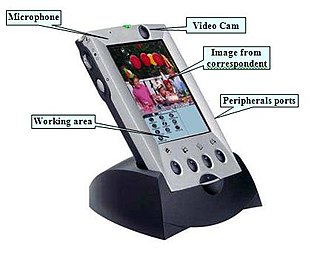
The first integration between mobile phone and Palm (PDA Personal Device Assistant) occurred in 1999, as a result of an Italian–lead project submitted to the action line V1.1 CPA1 "Integrated application platforms and services" 5th Framework Program of the European Community (project number IST1999-11100). The project, called MTM (Multimedia Terminal Mobile), was a multimedia platform, including both phone and PDA features; it also integrated the first miniature camera and a unidirectional microphone for video conferencing and commands interpretation through voice recognition. The creator and coordinator of the project, Alessandro Pappa, worked in a team with other European partners:
Canigó is the name chosen for the Java EE framework of the Generalitat de Catalunya.
The Preservation and Long-term Access through Networked Services (PLANETS) project addressed core digital preservation challenges. The primary goal for Planets was to build practical services and tools to help ensure long-term access to digital cultural and scientific assets. The outputs of this European Sixth Framework Programme are, since 2010, sustained by the follow-on organisation, the Open Planets Foundation.
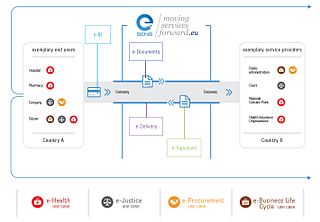
On 6 May 2015, the European Commission, led at the time by Jean-Claude Juncker, established the Digital Single Market strategy, intended to remove virtual borders, boost digital connectivity, and make it easier for consumers to access cross-border online content across the European Union. The Digital Single Market, which is one of the Commission's 10 political priorities, aims to fit the EU's single market for the digital age, moving from 28 national digital markets to a single one, and then opening up digital services to all citizens and strengthen business competitiveness in the digital economy. In other words, the Digital Single Market is a market characterized by ensuring the free movement of people, services and capital and allowing individuals and businesses to seamlessly access and engage in online activities irrespective of their nationality or place of residence. Fair competition conditions and a high level of protection of personal and consumer data are applied.
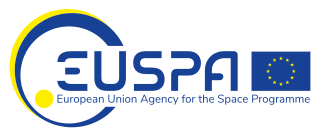
The European Union Agency for the Space Programme (EUSPA) is a space agency, managing the European Union Space Programme as one of the agencies of the European Union (EU). It was initially created as the European Global Navigation Satellite Systems Supervisory Authority (GSA) in 2004, reorganised into the European Global Navigation Satellite Systems Agency in 2010, and established in its current form on May 12, 2021. EUSPA is a separate entity from the European Space Agency (ESA), although the two entities work together closely.
References
- 1 2 CREATING A EUROPEAN LIBRARY SPACE-TELEMATICS FOR LIBRARIES PROGRAMMES 1990-1998, Feb. 3, 2007.
- ↑ Digital Library Initiatives Across Europe(Technology Information). David Raitt. Computers in Libraries 20.10(November 2000): p26.
- ↑ Cultivate UK Web site: the development of a portal. Rosalind Johnson. The Electronic Library v19.n4(2001) pp.241-247.